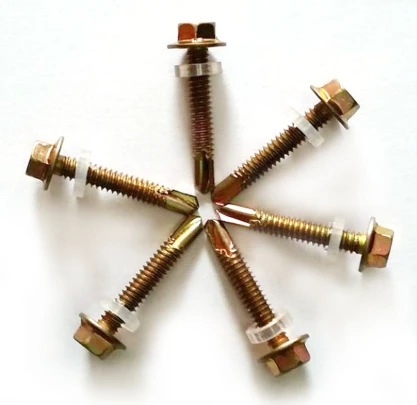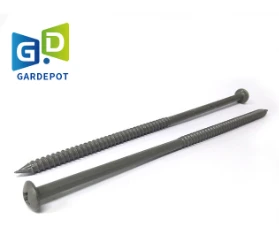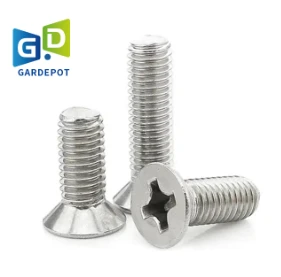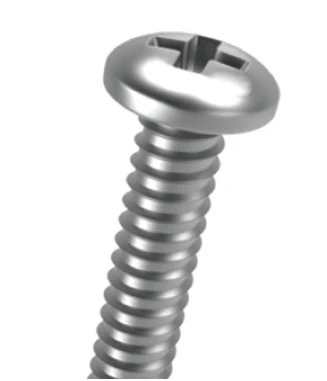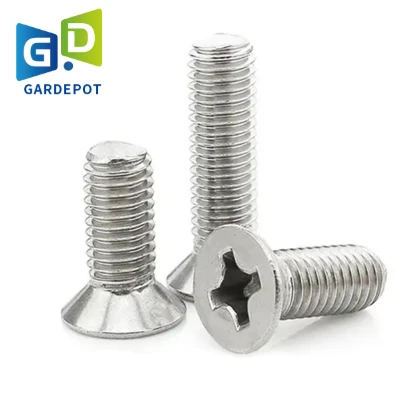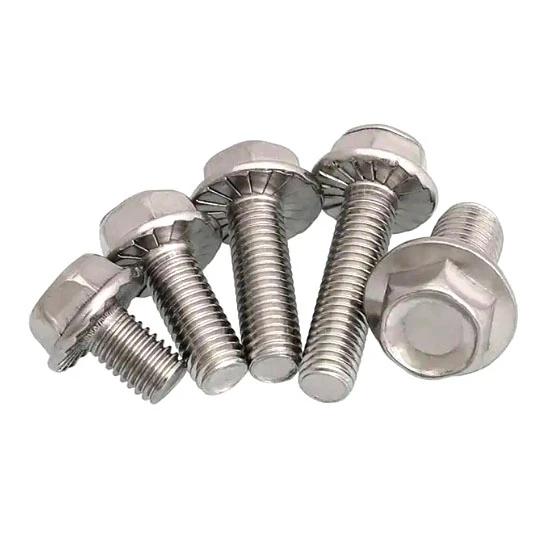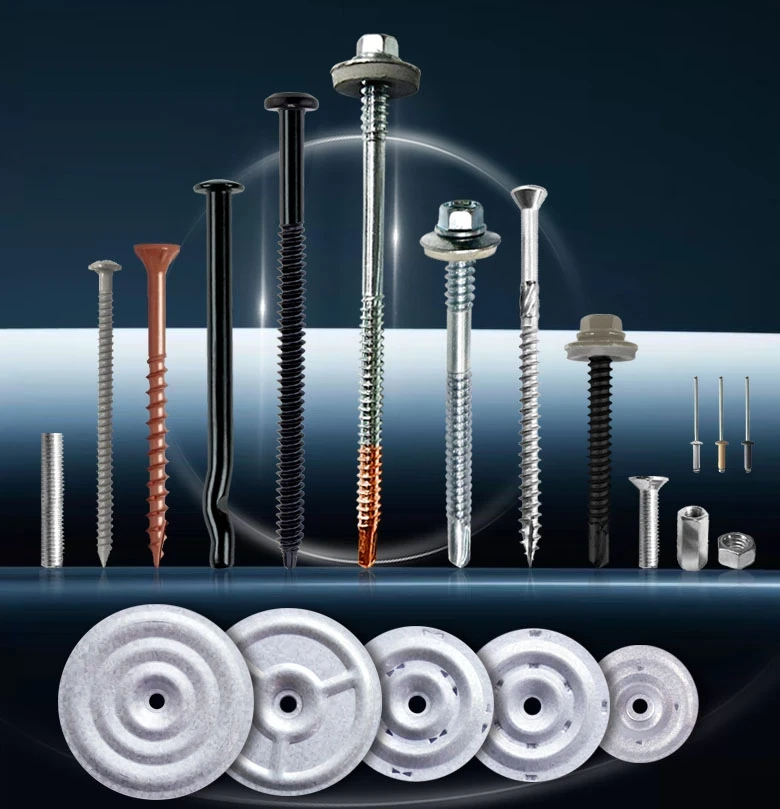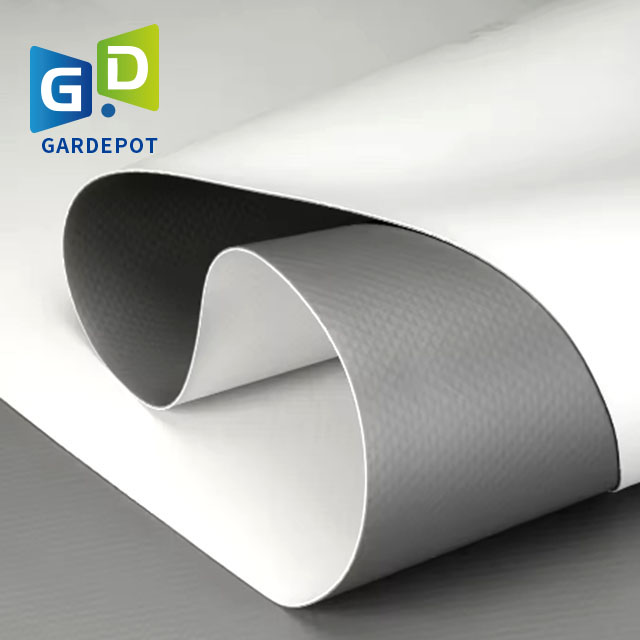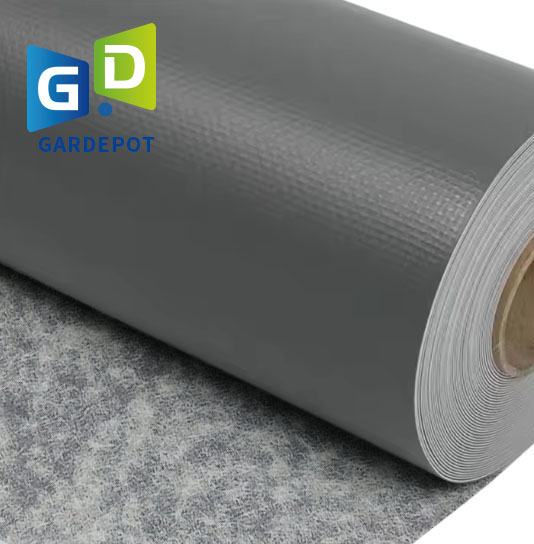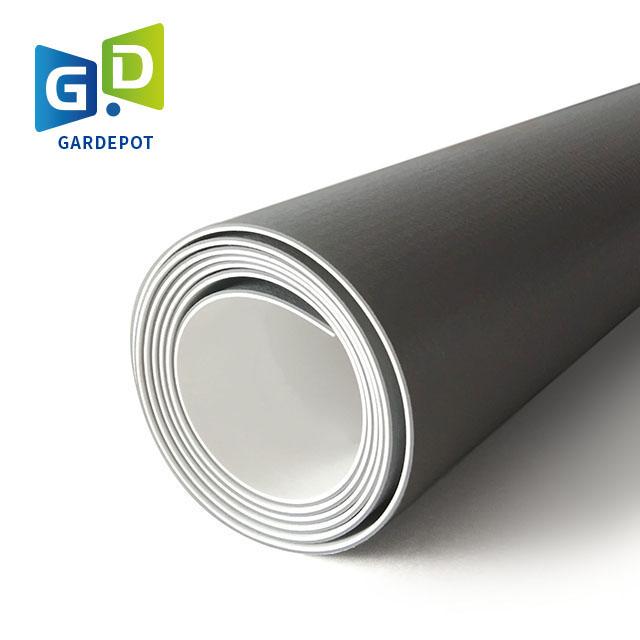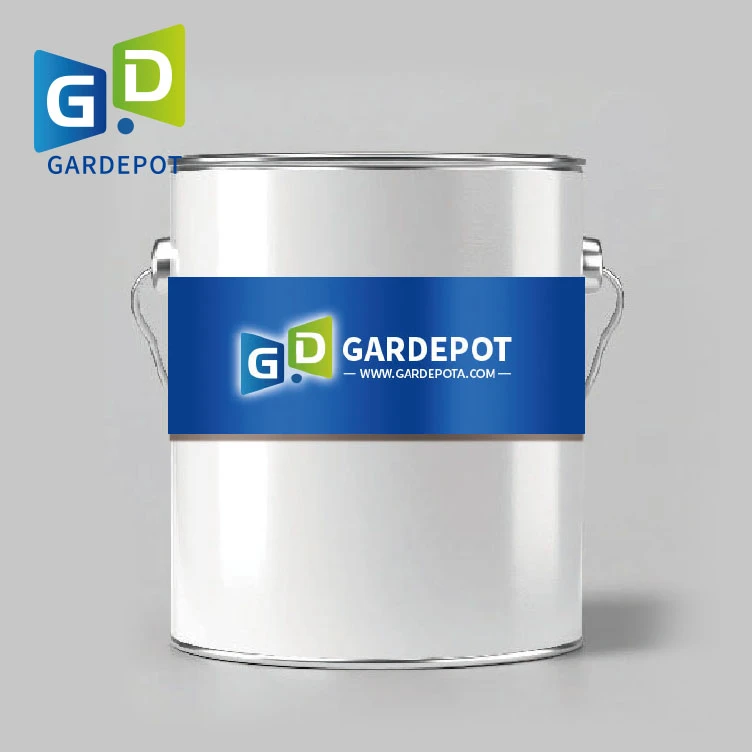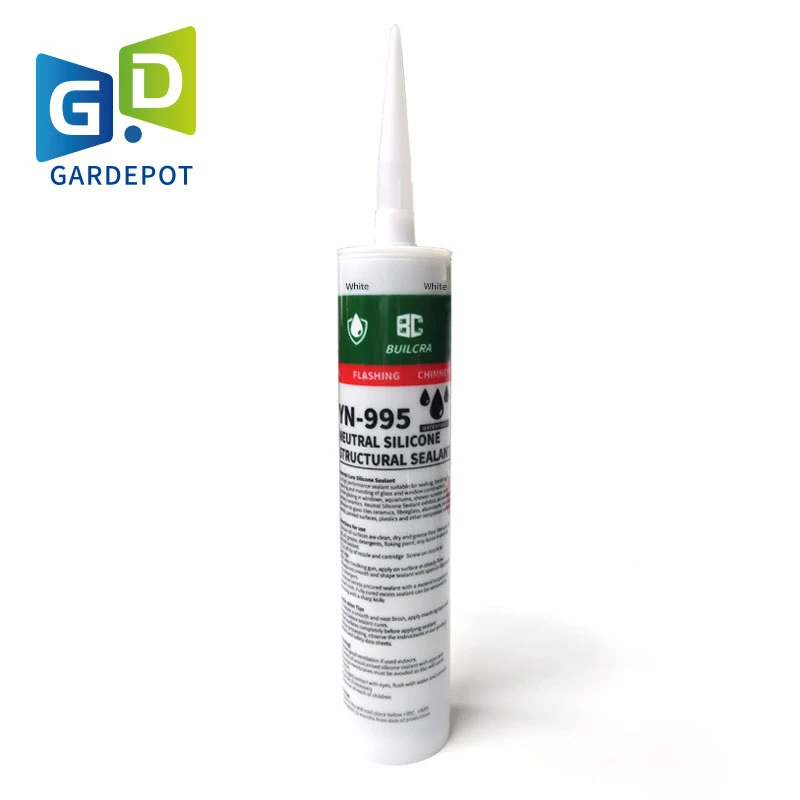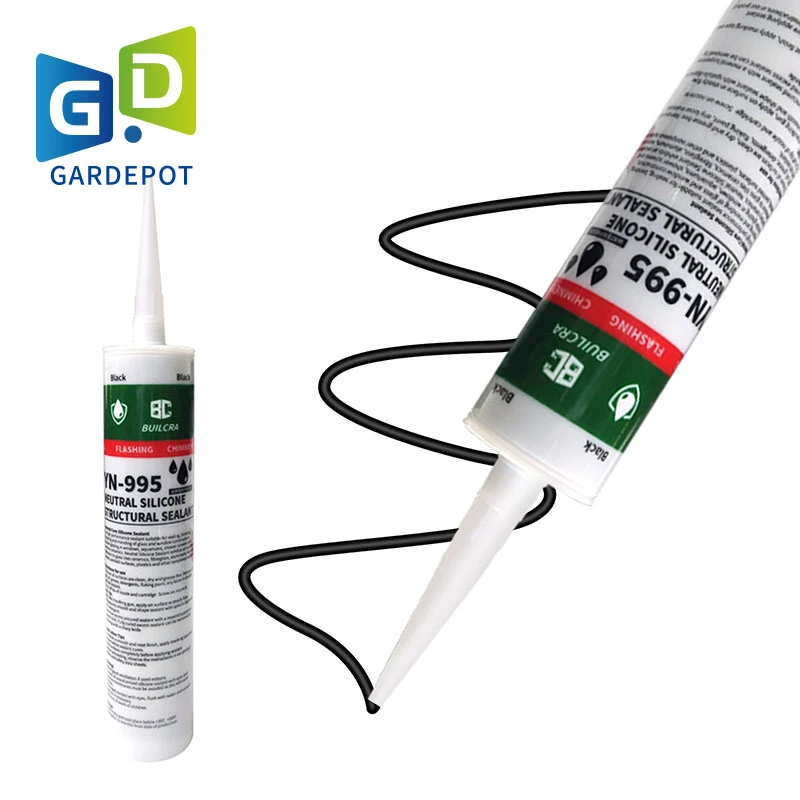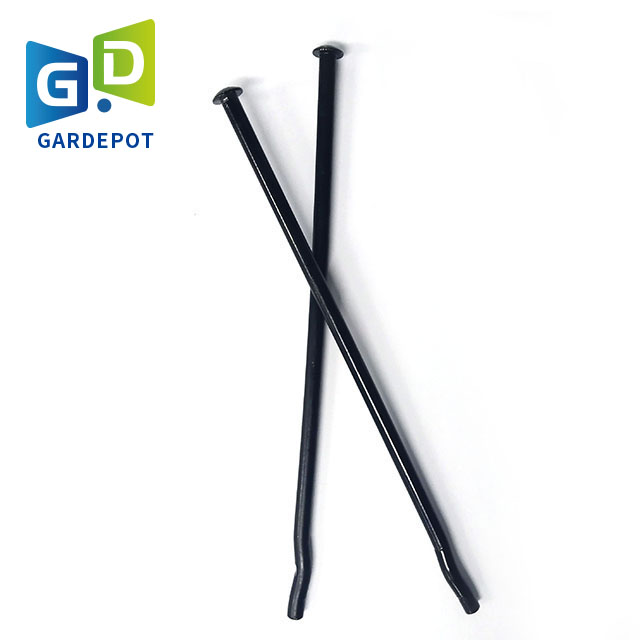What Are Hex Nuts? Key Fasteners for Industrial Reliability
- Understanding the fundamentals and purpose of hex nuts
- Current market data and growth projections for fastener industry
- Technical advantages across different hex nut variations
- Comparative analysis of leading hex nut manufacturers
- Customization possibilities for specialized applications
- Real-world implementation scenarios in critical industries
- Future developments in specialty hex nut design

(what are hex nuts)
What Are Hex Nuts and Core Functionality
Hex nuts represent the most prevalent fastener solution globally due to their simple six-sided design that facilitates tool access from multiple angles. These threaded components work in conjunction with bolts to create secure joints resistant to vibrational loosening. The term "hex nut" originates from their hexagonal shape, allowing 60-degree incremental tightening with standard wrenches. Primary applications span across construction frameworks, automotive assemblies, industrial machinery, and consumer electronics where reliable fastening is non-negotiable.
Material composition significantly influences performance characteristics. Low-carbon steel variants offer economical solutions for general purposes, while stainless steel grades provide corrosion resistance essential in marine or chemical environments. High-strength alloy steel hex nuts are specified for structural applications where failure could result in catastrophic consequences. Surface treatments like zinc plating or hot-dip galvanizing extend service life in harsh conditions, with specific coatings capable of withstanding salt spray exposure exceeding 500 hours.
Fastener Industry Data and Market Expansion
The global industrial fastener market is projected to reach $124.3 billion by 2028, growing at 5.2% CAGR from 2023 onward. Within this sector, hex nuts capture approximately 22% market share due to universal compatibility with standardized bolts. Current consumption metrics indicate over 400 billion hex nuts manufactured annually worldwide. Growth hotspots include renewable energy installations requiring specialized fasteners, with wind turbine projects alone consuming 38,000 metric tons of fasteners per year. Aerospace and defense applications demonstrate a 6.8% annual demand increase due to superior reliability requirements.
Technical Advantages by Hex Nut Classification
Standard Hex Nuts feature the conventional 1.5D height (D = nominal diameter) and are utilized across general engineering applications. Their balance of material efficiency and clamping force meets ASME B18.2.2 specifications. Special hex nuts encompass configurations like castle nuts (with drilled slots for cotter pins) and flange nuts (integrated washer bases for load distribution). These specialized designs address vibration resistance and installation efficiency challenges common in transportation equipment.
Self-sealing hex nuts incorporate engineered polymeric inserts that create fluid-tight seals critical in hydraulic systems. The nylon material undergoes controlled deformation during installation, generating sealing pressures exceeding 3,000 PSI. High hex nuts, with their 2.5D height profile, deliver 34% greater thread engagement compared to standard versions. This extended grip length translates to improved fatigue strength in dynamic loading environments such as suspension components.
Manufacturer Comparison and Specifications
| Manufacturer | Standard Hex | Special Hex Nuts | Self-Sealing | High Hex Nuts | Price Index | Lead Time |
|---|---|---|---|---|---|---|
| Nord-Lock Group | ISO 4032 | DIN 935 | NBR Insert | DIN 6334 | 1.15 | 2 weeks |
| PEM Fasteners | ASME B18.2.2 | ASME B18.6.9 | FKM Insert | DIN 6923 | 1.35 | 3 weeks |
| Bossard Group | DIN 934 | ISO 7040 | EPDM Insert | ASME B18.2.6 | 1.00 | 1 week |
| Fastenal Co. | ASME B18.2.2 | Proprietary | PTFE Lined | ISO 4161 | 0.85 | 48 hours |
The table above compares leading hex nut manufacturers based on key metrics including compliance standards, price positioning relative to industry average, and order fulfillment speed.
Customization Solutions and Precision Engineering
Beyond catalog items, manufacturers address unique project specifications through design collaboration. Material substitutions range from titanium alloys for aerospace applications (reducing mass by 43% vs steel) to copper-infused compositions providing electromagnetic shielding. Custom tolerances achieving ±0.002mm concentricity maintain alignment in precision optical instruments. Specialized features include asymmetrical flange profiles accommodating non-parallel surfaces, integrated locking systems utilizing geometric tension principles, and captive elements facilitating automated assembly lines.
Tailoring encompasses dimensional variations where oversized wrench flats accommodate gloved operation in arctic environments. Coatings are customized for project-specific environmental challenges: zinc-nickel for automotive undercarriages, silver plating for thermal conductivity, and polymeric layers eliminating electrolytic corrosion between dissimilar metals. Custom marking protocols provide traceability through permanent laser-etched batch codes meeting nuclear industry QA standards.
Industry Applications and Performance Case Studies
Renewable energy farms exemplify critical hex nut applications, with offshore wind turbine flanges requiring specialized variants enduring saltwater corrosion and continuous vibration. High-strength tension-controlled hex nuts secure rotor assemblies, with load sensors confirming bolt tension accuracy within ±5%. Bridge construction projects increasingly specify hot-dip galvanized hex nuts, with the Padma Bridge project consuming over 28,000 high hex nuts for critical girder connections monitored using ultrasonic measurement.
Petrochemical plants utilize self-sealing hex nuts in pipeline joints where fugitive emissions prevention is paramount. A refinery expansion in Texas documented zero fluid leakage across 15,000 connection points using fluoropolymer-sealed variants after pressure cycling from -20°F to 650°F. Motorsport applications benefit from proprietary lightweight alloy hex nuts, with Formula 1 teams reporting 22% faster pit stops due to precision-balanced components eliminating rotational vibration.
Future Innovations in Special and High Hex Nuts Technology
Material science breakthroughs are enabling hex nuts with embedded sensors measuring clamp load loss for predictive maintenance systems. Laboratory testing reveals carbon nanotube composites could increase strength-to-weight ratios by 300% while enabling electrical conductivity monitoring. Automation advancements in micro-precision hex nuts production are facilitating M1.2 sizes with ±0.005mm tolerance for medical device manufacturing. Leading manufacturers are experimenting with shape-memory alloys that automatically retighten when reaching critical temperature thresholds.
Surface engineering developments include passive smart coatings changing color when achieving proper installation torque. Sustainable manufacturing processes now allow 78% reduction in water consumption during plating treatment, while recycling initiatives enable titanium recovery rates exceeding 92% from aerospace components. The horizon includes 3D-printed special hex nuts with functionally graded materials engineered site-specifically for each structural loading condition.
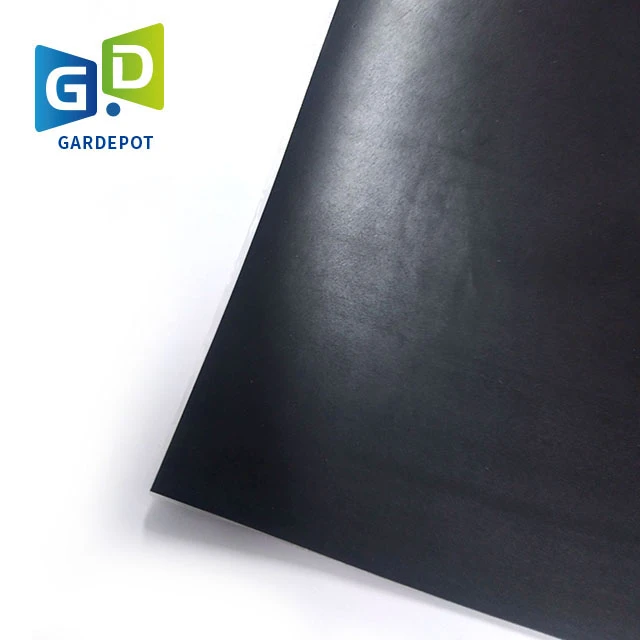
(what are hex nuts)
FAQS on what are hex nuts
Q: What are hex nuts?
A: Hex nuts are six-sided mechanical fasteners that screw onto bolts or screws to securely join materials. They are commonly used in construction and machinery for easy tightening with wrenches. Standard hex nuts come in various sizes and materials like steel or stainless steel.
Q: What are special hex nuts?
A: Special hex nuts are customized variants with unique features such as flanged bases or tamper-resistant designs for enhanced performance. They include options like locking nuts that resist vibration in automotive or aerospace applications. These nuts provide extra security and functionality over standard types.
Q: What are self-sealing hex nuts?
A: Self-sealing hex nuts incorporate integrated seals, like rubber gaskets, to create waterproof or airtight connections. They are ideal for plumbing, hydraulic systems, or outdoor equipment to prevent leaks and corrosion. These nuts ensure reliability in environments exposed to moisture or pressure.
Q: What are high hex nuts?
A: High hex nuts are taller versions that allow for increased thread engagement and clamping strength. They provide extra height for thicker materials or long bolts, often used in structural engineering and heavy machinery. This design enhances stability and load distribution in demanding applications.
Q: What are the advantages of hex nuts in industrial use?
A: Hex nuts offer quick installation, cost-effectiveness, and adaptability across industries like manufacturing and automotive. They provide strong, reusable fastening while supporting special types for specific needs. This versatility makes hex nuts essential for reliable assembly in diverse settings.

